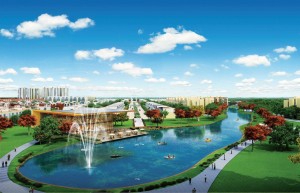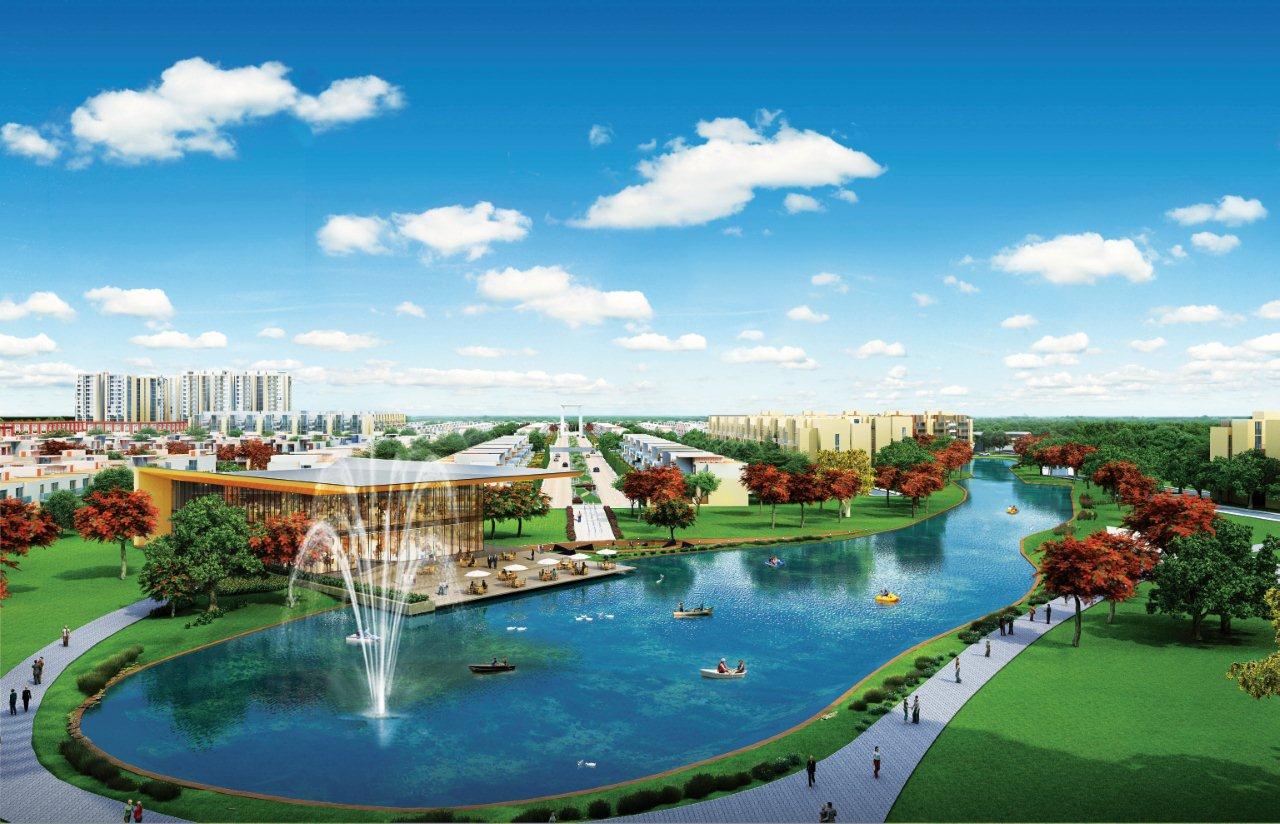 Track2Realty Exclusive: Commerce Ministry data fails to give a comprehensive picture where many grandiose plans have failed to tap the potential that actually existed. Several SEZ projects and the expansion plans, like the SEZs at Navi Mumbai, Jhajjar in Haryana, Adani’s Mundra, DLF’s Cyber City in Gurgaon, Mahindra World City in Chennai, K Raheja Universal and Flagship Infrastructure in Maharashtra are facing difficulties. The SEZs cumulatively have been losing ground over the past couple of years.
Track2Realty Exclusive: Commerce Ministry data fails to give a comprehensive picture where many grandiose plans have failed to tap the potential that actually existed. Several SEZ projects and the expansion plans, like the SEZs at Navi Mumbai, Jhajjar in Haryana, Adani’s Mundra, DLF’s Cyber City in Gurgaon, Mahindra World City in Chennai, K Raheja Universal and Flagship Infrastructure in Maharashtra are facing difficulties. The SEZs cumulatively have been losing ground over the past couple of years.
Export growth of SEZs has slid from over 120 per cent in 2009-10 to just 15 per cent in 2011-12. Critics argue what came as a big bang policy initiative in 2006, is systematically losing sheen. Not all is well with the country’s Special Economic Zones.
Statistics may show one side of the picture where more than a quarter of the country’s exports still come from them, but SEZs are grappling with a sharp slowdown in growth. The number of new SEZs too has dropped drastically in recent years. An inept, nebulous policy framework seems to have taken a toll.
“The fiscal concessions and duty benefits allowed to SEZs are inbuilt into the SEZ Act, 2005. These exemptions are in the nature of incentives for export and investment and are consistent with the principles that guide export/investment promotion initiatives of the government in general, and cannot be termed as a revenue loss,” Anand Sharma says.
The question is what has gone wrong? It seems the government’s half hearted approach, infrastructure bottlenecks, Centre-State vision mismatch, policy twists & turns and taxation issues proved to be dampener for most of the projects to take off the way it had been planned. Added to this, the bleeding global market forced many developers to put the plans on hold.
With IT and ITeS being the major chunk of approved SEZs, they are reworking on the feasibility of the projects. Multiproduct SEZs have their own list of issues ranging from infrastructure, road, rail and port connectivity.
India’s largest Adani Port & SEZ sprawling over 6,000 hectares is finding problems in expansion due to inability to acquire an additional 1,500 hectares. Similarly, DLF’s expansion at the Gurgaon City Centre SEZ has been denotified, though the company spokesperson Sanjey Roy claims all its buildings in SEZs across India are operational.
A Reliance official says, requesting anonymity, their Jhajjar SEZ plan was based on the idea that companies would set up factories there to produce for the world market. But the recession has taken its toll and Reliance now hopes to create an industrial township over there jointly with IL&FS.
“India has lost a very good opportunity to draw foreign investors into SEZs. Our lackadaisical and uncertain policies are entirely the reason,” says Ajay Nijhawan, Convenor of the panel of SEZ developers in the Export Promotion Council for SEZs and senior Vice President of Reliance Jhajjar project.
Next: How China succeeded with SEZs





